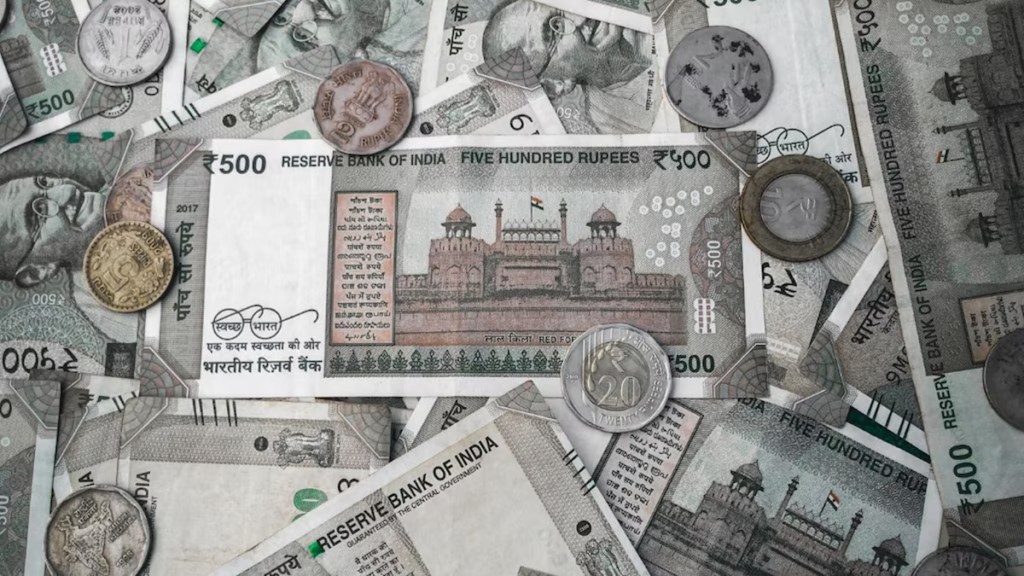With state assembly elections triggering extravagant promises of freebies among political parties, the trend could have serious implications for the finances of the states.
Maharashtra and Jharkhand, where elections are being held now, might find diversion of resources from asset creation to revenue spending on various handouts.
Maharashtra spent over Rs 46,022 crore in subsidies in FY24, compared with Rs 4,800 crore by Jharkhand, a relatively poor state in terms of fiscal resources as well as per capita income. Maharashtra’s per capita income is 150.75% of the national average, while Jharkhand’s is 57.2%.
Maharashtra assembly elections will take place on November 20 while Jharkhand will go to polls in two phases on November 13 and 20.
In Maharashtra, the freebies battlelines are drawn between the ruling Maha Yuti (alliance) government in Maharashtra of three parties- Shiv Sena (Shinde) and NCP (Ajit Pawar) and Maha Vikas Aghadi (MVA) of three parties – Congress, Shiv Sena (Uddhav) and NCP (Sharad Pawar).
Maha Yuti is banking on the ongoing Ladki Bahin’s payout of Rs 1,500/month for women from weaker sections. The challenger MVA alliance has promised to increase the payout to Rs 2,000. Now, Maha Yuti has promised to make it Rs 2,100. Eknath Shinde-led Maha Yuti has also promised farm loan waiver, an increase in pension for senior citizens and promised to reduce power bills by 30%. MVA is countering this with a promise of Rs 3,000 per month to women, free bus travel for women and a farm loan waiver of up to Rs 3 lakh, among others.
Maharashtra is one state that has consistently kept its fiscal deficit below 3% of gross state domestic product (G-SDP) as mandated by the FRBM Act. Its fiscal deficit came in at 2.2% in FY24. The western state’s debt-to-GSDP was 18.6% in FY24, below the 20% threshold prescribed by the NK Singh committee.
With own tax revenues constituting 82% of its total tax revenues including central transfers, the state has consistently under-borrowed from the market. However, it has also consistently cut down on capex plans with annual achievements of 70-75% of the target.
Given the size of the economy of the state, which contributes 13.3% to national GDP (the highest by any state), the state’s capex is crucial for the national economy as well. On top of that, it would also aid the state’s goal to become the first trillion-dollar state economy in India. The size of Maharashtra’s economy is $490 billion in FY24 and the state aims to reach $1 trillion by FY30.
Jharkhand has managed to keep its finances sound thanks to non-tax revenues from mineral royalties. In FY24, its fiscal deficit was just 1.3% of GSDP. However, its debt-to-GSDP was over 30% as against the prudential threshold of 20%, reflecting its revenue vulnerabilities. The state’s own tax revenues were just 44% of its total tax kitty including central transfers.
In the eastern state, the freebies battle is between the BJP and the ruling JMM-Congress combine.
The BJP has promised Rs 2,100 per month to every woman of the state if elected to power and promised two free gas cylinders in a year and the remaining ones at Rs 500 each. The JMM-Congress has promised to provide Rs 2,500 under the Hemant Soren government’s Maiyan Samman Yojana from Rs 1000. It also would provide the cylinders at Rs 450 each to the state’s people. The market rate of each gas cylinder in Jharkhand is over Rs 800.
